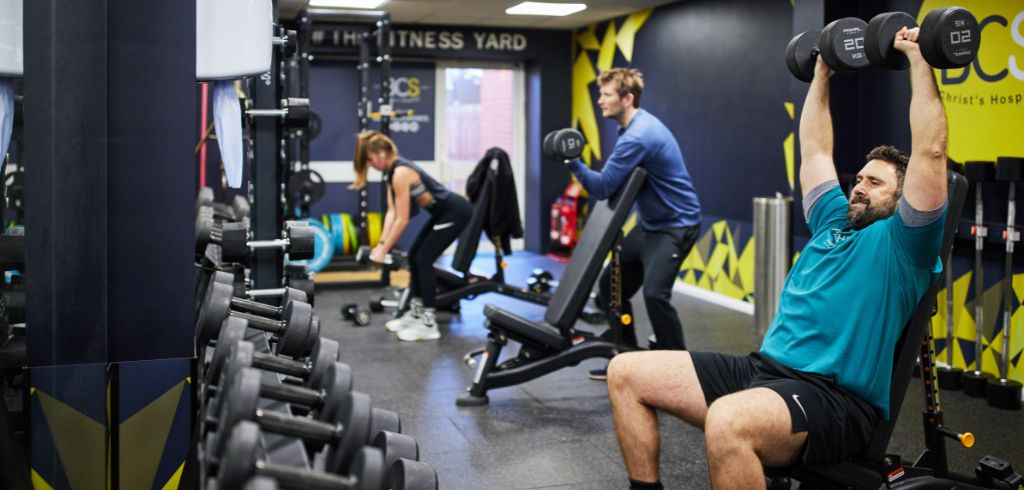
Starting a fitness journey is exciting, but staying motivated to achieve long-term goals can often be challenging. Whether you aim to lose weight, build muscle, or improve your overall health, maintaining motivation is crucial to your success. Factors like busy work schedules, unpredictable weather, and the temptation of comfort foods can make it even harder to stick to your plan. But with the right mindset, strategies, and tools, you can stay focused and make fitness a lasting part of your lifestyle.
This blog post will explore practical ways to stay motivated, from setting realistic goals and overcoming mental barriers to tracking progress and celebrating small wins. Whether you’re just starting or struggling to maintain momentum, these tips will help you stay on track and keep pushing toward your fitness goals.
Setting realistic and achievable fitness goals
SMART goals in fitness
When setting fitness goals, it’s crucial to make them SMART: Specific, Measurable, Achievable, Relevant, and Time-bound. This method is vital in ensuring your objectives aren’t just wishes but actionable steps that lead to real results.
- Specific: Clearly define what you want to achieve. Instead of vaguely aiming to “get fit,” set a goal to jog three times a week or attend four yoga classes per month. This precision directs your efforts and keeps you focused.
- Measurable: You need to track your progress. Whether through a fitness app or a simple journal, measuring how often you jog or the duration of your workouts makes it evident how close you’re to your goal.
- Achievable: Set goals within your reach to avoid discouragement. Aiming for a 5k rather than a marathon initially can be more realistic and encouraging if you’ve never run before.
- Relevant: Your goals should align with your broader life priorities. If improving health is your ultimate aim, choose activities that boost your wellness.
- Time-bound: Establish deadlines. Maybe you aim to complete that 5k in three months. A timeline creates urgency, propelling you to act and stay on track.
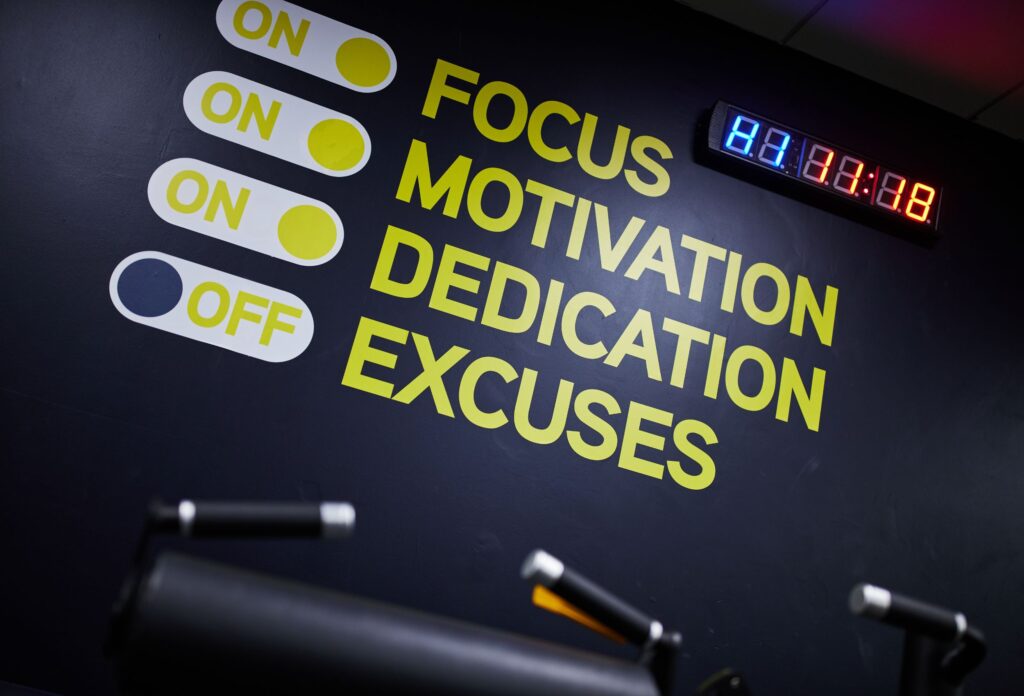
Short-term vs. long-term goals
Understanding the distinction between short-range and long-range goals will enhance your ability to set realistic and achievable fitness objectives. Short-range goals, like completing a 5K run, are milestones that give you immediate motivation and a sense of accomplishment. These are the stepping stones that keep your daily and weekly momentum going. They’re tangible and often easier to achieve, which helps boost your confidence and keeps you motivated.
On the other hand, long-range goals, such as maintaining weight loss over a year, require persistence and a broader vision. These goals are vital because they represent your overarching aspirations and results. They require patience and commitment, often involving gradual progress that isn’t as immediately noticeable as short-range achievements.
Balancing both types of goals is essential. While your long-range goals provide the direction and ultimate destination, short-range goals serve as checkpoints confirming you’re on the right path. This balance ensures you don’t burn out from a lack of visible progress, as the short-range successes keep your spirits high and your focus sharp.
Tailoring goals to your lifestyle
Setting realistic fitness goals that align with your lifestyle is essential for maintaining motivation and achieving success. It’s about crafting objectives that seamlessly integrate into your daily routine, ensuring they’re feasible and enjoyable. Here’s how you can make sure your fitness aspirations don’t just float in your daydreams but anchor deeply into your real life:
- Visualise commuting as a chance to boost activity: If you have a long commute, consider biking part of the way or getting off a bus stop early to walk. Use this time to clear your mind and energise your body.
- Work schedule weaving: Choose workout times that dovetail with your work hours. Perhaps a quick gym session during lunch breaks or a yoga class right after work.
- Home is where the health is: No gym access? Tailor workouts that can be done at home with minimal equipment. Invest in resistance bands or a yoga mat, or follow online workouts that fit your living space and schedule.
Creating a structured plan
Weekly workout plans
Crafting a weekly workout plan empowers you to achieve your fitness goals through a balanced approach. Blending strength training, cardio, and flexibility exercises creates a detailed regimen that keeps you engaged and progressing.
- Strength training: Dedicate some of your exercise routine to strength training. Lifting weights in a well-equipped gym or performing bodyweight exercises at home will enhance your overall strength and metabolic rate.
- Cardio sessions: Schedule an exercise session when your heart rate is pushed to new heights. Whether you’re sprinting on a track, cycling vigorously through hilly terrain, or doing an aerobic exercise class, these activities boost your cardiovascular health and calorie burn.
- Flexibility work: Incorporate flexibility exercises into your routine. Wind down with yoga stretches, Pilates or dynamic stretching routines that help muscle recovery, improve overall mobility, and reduce the risk of injuries.
Incorporating variety into your routine
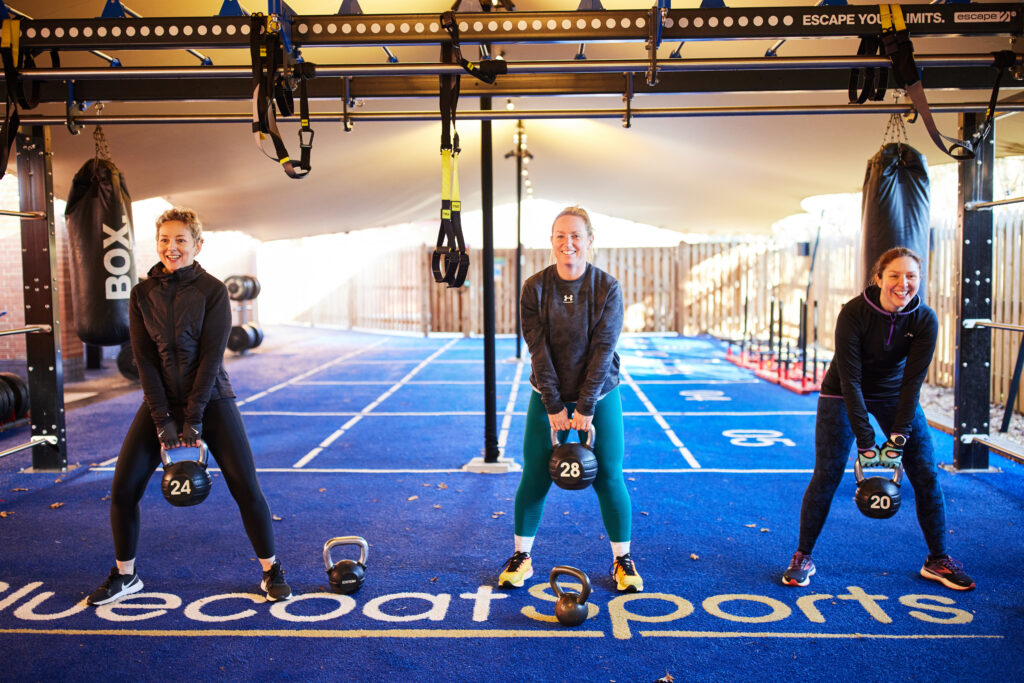
After establishing a solid weekly workout plan, adding variety to your routine can keep things exciting and prevent you from hitting a plateau. Variety in your workout regimen can also energise your body in new ways, challenging different muscle groups and improving your overall fitness.
Consider integrating activities like cycling, swimming, or various fitness classes into your schedule. Each can offer a fun and invigorating change of pace, ensuring you’re physically engaged and mentally stimulated.
Mixing in different activities will help you maintain a higher level of motivation and commitment to your fitness goals. It will prevent you from falling into the rut of repetitive workouts and make your fitness journey enjoyable and sustainable.
Building and maintaining consistency
Habit formation and fitness
Building consistent habits is key to achieving long-term fitness success. When you establish a routine, it no longer feels like a daily struggle; instead, it becomes a natural part of your life. By setting specific times for your workouts, you’re carving out a non-negotiable part of your day dedicated to your fitness.
This structure transforms your fitness journey from a chore into a cherished part of your daily life. It’s not about having time; it’s about making time. Before you know it, what once required conscious effort becomes automatic—a true habit.
Using fitness apps and wearables
While establishing a routine is vital, integrating fitness apps and wearables can significantly enhance your ability to maintain consistency in your workouts. Popular tools like Strava and Fitbit are favourites among fitness enthusiasts, not just for their user-friendly interfaces but also for how effectively they monitor your progress. These devices keep you engaged and motivated by providing detailed insights into your activities and improvements.

Importance of routine and scheduling
Establishing consistent exercise habits is what truly leads to lasting fitness results. When you carve out specific times for exercise, balanced against your work and life responsibilities, you plan to succeed and set up a framework that practically guarantees it.
These consistent slots dedicated to fitness improve your physical health and enhance your mental clarity and emotional well-being. You’ll be more focused, energised, and ready to tackle challenges. Stick to the schedule, and you’ll see the transformation.
Overcoming mental barriers
Handling setbacks
Even if you encounter setbacks like injuries or burnout, keeping your fitness journey on track is essential. Setbacks aren’t roadblocks; they’re just bumps on the path you’re more than capable of manoeuvring. Here’s how you can mentally cope and bounce back without losing steam.
First, accept that setbacks are part of the process. It’s not about avoiding them entirely but learning how to deal with them effectively when they occur. You’re not alone in this; every athlete and fitness enthusiast faces hurdles at some point.
Next, focus on what you can control. If you’re injured, work on your diet or other areas of fitness that don’t strain your injury. Burnout? Maybe it’s time to switch up your routine or set smaller, more manageable goals.
Dealing with negative self-talk
Overcoming negative self-talk is vital in maintaining your fitness momentum. You’ve likely faced moments when doubts and insecurities whisper that you can’t succeed, but it’s pivotal to transform these thoughts to fuel your journey.
Start by recognising when you’re being overly critical of yourself. Awareness is the first step toward change. Once you’re aware, actively challenge these negative thoughts. Ask yourself, “Is this thought realistic?” Often, you’ll find that your fears are exaggerated.
Replace negative statements with positive affirmations. Instead of saying, “I always fail,” try affirming, “I am capable of succeeding with persistence.” Write these affirmations down and place them where you’ll see them daily, like on your bathroom mirror or your phone’s lock screen.
Engage in mindfulness exercises. Practices such as meditation or deep breathing can help calm your mind and reduce the power of negative thoughts. Even a few minutes a day can make a significant difference.
Focusing on progress, not perfection
Focusing on your progress is equally important rather than aiming for perfection. Remember, every small step you take towards your fitness goals counts more than you think.
It’s easy to get caught up in the ideal images portrayed by the “beach body” culture, but sustainable progress comes from setting and achieving realistic, incremental goals.
Here are a few ways to help shift your focus:
- Visualise your journey: Imagine your fitness journey as a mountain climb. No matter how small, each step gets you closer to the summit. Celebrate the little victories along the way.
- Track your achievements: Keep a journal or use a fitness app to log your workouts and progress. Seeing the physical proof of your consistency can be incredibly motivating.
- Set realistic goals: Break your ultimate goal into smaller, manageable milestones. Achieving these can boost your confidence and reinforce the value of gradual improvement.
Staying motivated through accountability
Finding a workout buddy
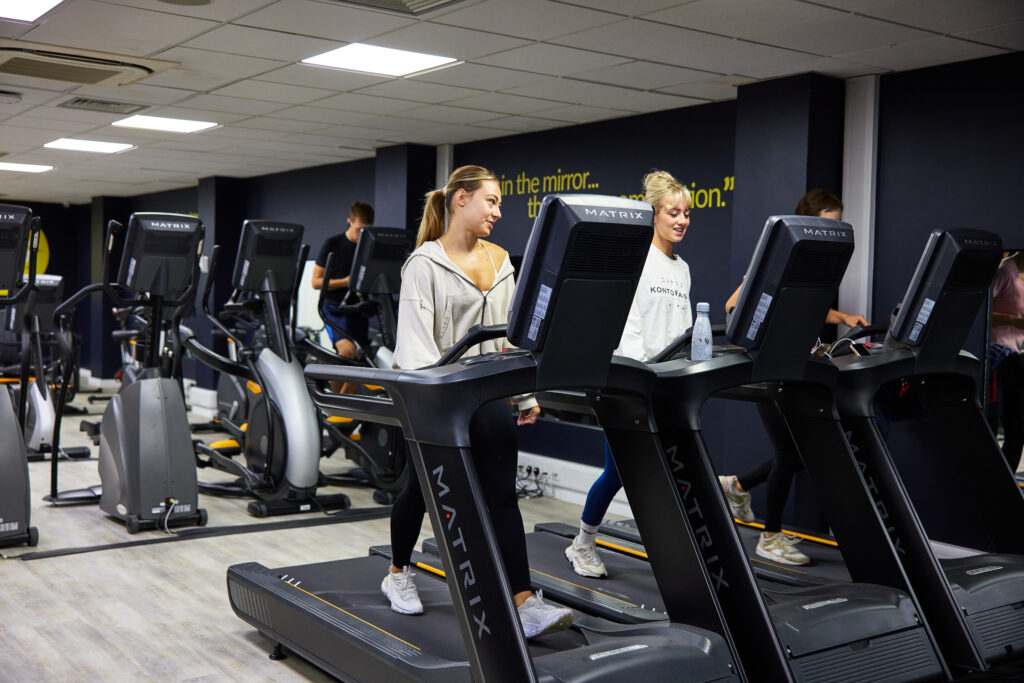
Finding a workout buddy can significantly boost your motivation and commitment to your fitness goals. Knowing someone is waiting for you can make all the difference when you’re struggling to get out of bed for a morning jog or hitting the gym after a long day. A workout partner holds you accountable and makes exercising more enjoyable. So why not reach out to a friend or a colleague and start this mutually beneficial fitness journey?
Joining online communities
Expanding your network through online communities can further enhance your fitness motivation. That’s what our Bluecoat Sports Community Facebook group offers. It’s more than just a social media space; it’s a hub for motivation, advice, and camaraderie.
In this group, you can immerse yourself in challenges that push your limits, meet fellow gym-goers who can become your next workout partners, and exchange tips on everything from mastering a deadlift to optimising your workout routine.
Hiring a personal trainer
Accountability often serves as the cornerstone of any successful fitness journey. When you’re feeling less than motivated, having someone to answer to can make all the difference, that’s where hiring a personal trainer comes in. Personal trainers bring unique skills, ensuring you’ll find the perfect fit for your needs, whether mastering new gym equipment or tailoring a plan for your next big race.
Here’s how a personal trainer can transform your workout routine:
- Expert guidance: A professional can show you the ropes during physical activity, correct your posture on a new machine, prevent injuries, and boost your efficiency.
- Tailored motivation: Feel the satisfaction of a workout regime that adapts to your progress, pushing you just enough to keep the gains coming without burning out.
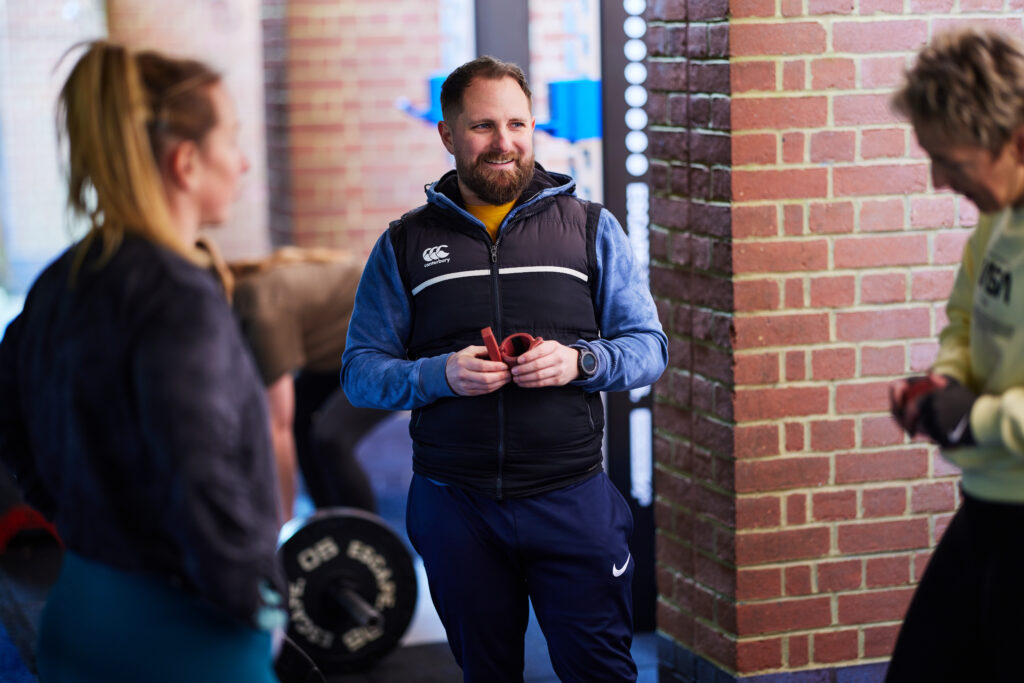
If you’re a member at Bluecoat Sports and feel like you could use this kind of personalised support, don’t hesitate to reach out. Our trainers are ready and waiting to help you smash your fitness goals.
Kickstart your fitness journey with Bluecoat Sports
Staying motivated to reach your fitness goals doesn’t have to be a struggle when you have the right support and resources. Whether you’re just beginning or need that extra push to keep going, Bluecoat Sports offers the perfect environment to help you stay committed. With state-of-the-art facilities, a variety of fitness classes, and expert trainers on hand, Bluecoat Sports provides everything you need to turn your goals into reality.
Now is the perfect time to take the next step in your fitness journey. Sign up today and experience how having a community of like-minded individuals and personalised guidance can keep you motivated and on track.